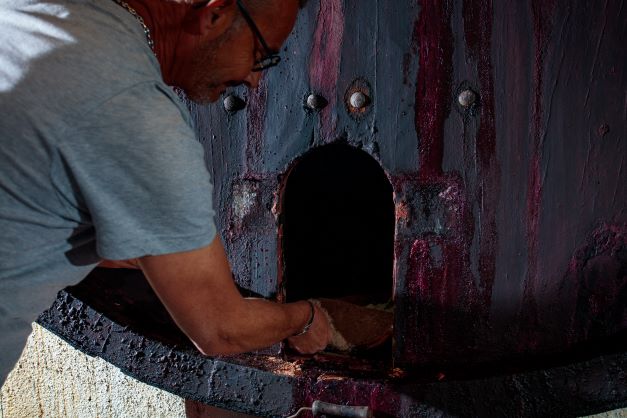
The ageing phase is a crucial moment in the wine process !
After the vinification, and more precisely after the alcoholic fermentation, the development process starts. These are all the stages that follow one another until the wine is bottled.
Here ,if we start from the principle that wine is a living product, then ageing serves to refine it and reinforce its personality, all of this of course, under the supervision of Franck, the vineyard manager. Ageing is a combination of time (duration of ageing) and container (material, density, porosity, inertia) which allows the wine to mature, develop its aromas and round out its tannins over a period of a few weeks or even months. There are many different methods, each with its own characteristics. Among the best known, the oak barrel, the stainless steel vat or the concrete vat for example, and more and more nowadays the terracotta vats.
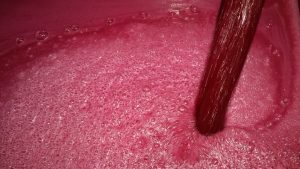
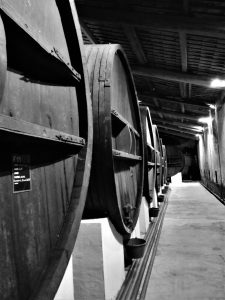
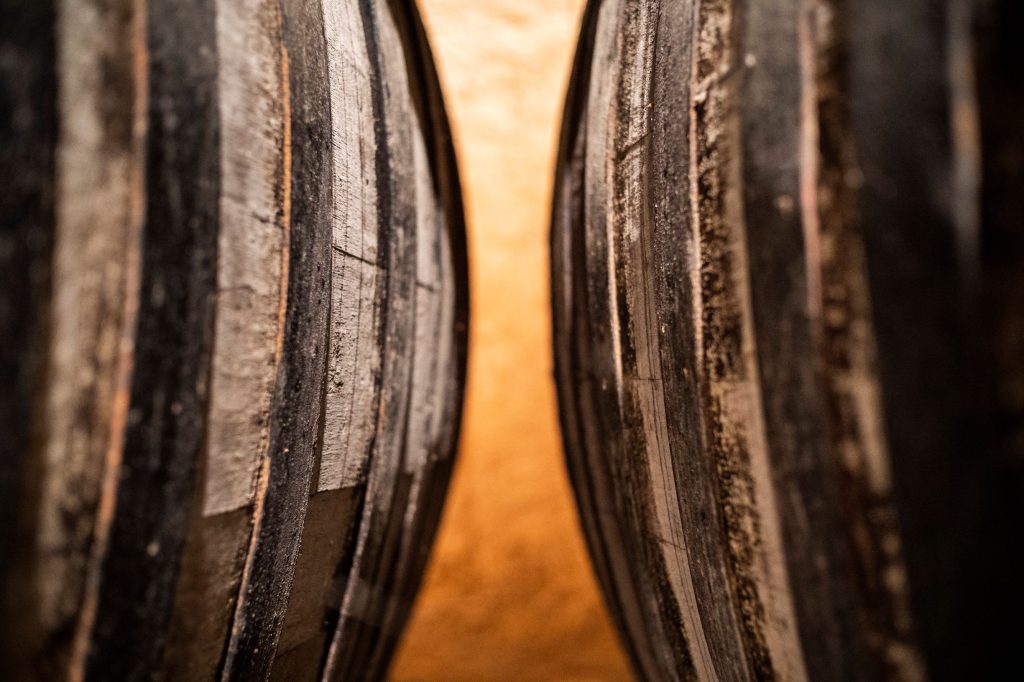
It’s a demanding job that requires rigorous monitoring and support by the winemaker and his staff. The evolution of the wine must be scrupulously monitored by regularly taking samples from each barrel or vat, which are then analysed by oenological laboratories and tasted to check the evolution of the wines.
“For me, the ageing of our wines is the key to finding balance and harmony with the fruit in our cuvees. This is the signature of the estate, fresh and fruity wines!”
Franck PALISSER, Manager of DOMAINE DE SOUSTRES
Development also means new flavours!
There are three categories of aromas: primary (or varietal) aromas, secondary (or fermentative) aromas and tertiary (or breeding) aromas.
What we call tertiary aromas are the aromas produced during the ageing and/or maturation of the wine, whether in bottles, barrels, vats or other. It has nothing to do with the aromas of the winemaking process. Indeed, the maturation process generates several changes in the characteristics of the wine, changes that don’t stop at the aromatic border. Maturing also transforms the colour, texture and structure of the wine.
Last year, we invited you to participate in our “sensory discovery” during our visits in the cellar. The goal was to help you find the different aromas that can be found in wine! We hope to see as many of you again this year!
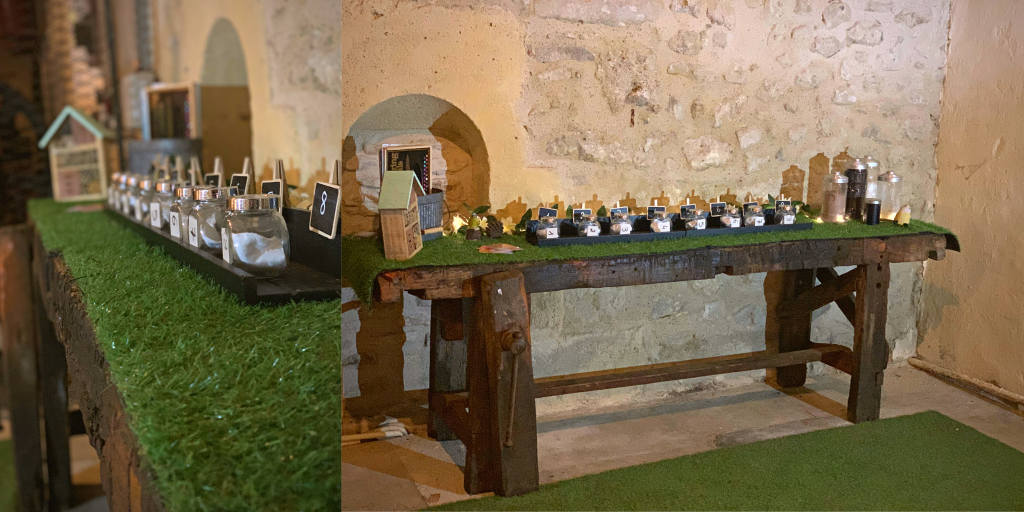
LINIUM, A VERY SPECIAL CUVEE…
We’ve been telling you about it for a few months now, but our LINIUM cuvée has some very specific characteristics. Indeed, this blend of GRENACHE NOIR and CARIGNAN for our red and this one variety of GRENACHE GRIS for the white had the chance this year to have a more advanced development around peaty and oaky aromas while keeping their fruit and their typicity. How did we do that ?
Thanks to the wooding by STAVES (oenological wood boards), a method of maturation which consists of an infusion of wood into the wine (oak wood whose characteristics are chosen, including toasting) by immersion in their maturation container. As the contact surface is larger, the maturation is shorter (and can be stopped by removing the staves) and limits oxidation (by being able to age in more watertight stainless steel vats, as is the case, for example, for Linium Blanc), favouring an aromatic expression of the wood in finesse and respecting the quality and freshness of the original fruit. This gives the wine a different personality and more complexity (aromas and texture). This is how LINIUM White and LINIUM Red were born!
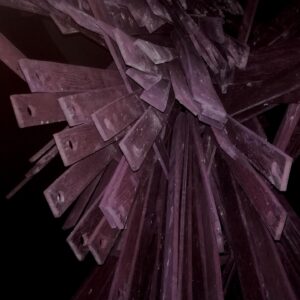
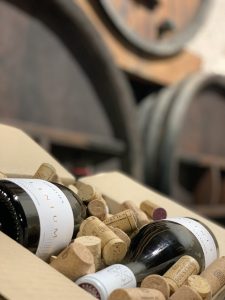
In the next few weeks, we will deal with a special and unique topic for this year 2023 at Domaine de Soustres: an Orange wine… What is it? You’ll find out soon enough in a future publication!
See you soon…
HORAIRES DU CAVEAU MAI & JUIN 2025
du 26 mai au 1 juin - Ouvert du mardi au dimanche - de 10h00 à 13h00 et de 15h00 à 19h00 - ouvert le jeudi 29 mai (ascension)
du 2 juin au 8 juin - Ouvert du lundi au vendredi et dimanche - de 10h00 à 13h00 et de 15h00 à 19h00 - Fermé samedi 7 juin.
du 9 juin au 15 juin - Ouvert du lundi au samedi - de 10h00 à 13h00 et de 15h00 à 19h00 - Ouvert lundi 9 juin (Pentecôte)
du 16 juin au 22 juin - Ouvert du lundi au mercredi - de 10h00 à 13h00 et de 15h00 à 19h00 - Fermé du jeudi au dimanche
du 23 juin au 29 juin - Ouvert du lundi au samedi - de 10h00 à 13h00 et de 15h00 à 19h00


